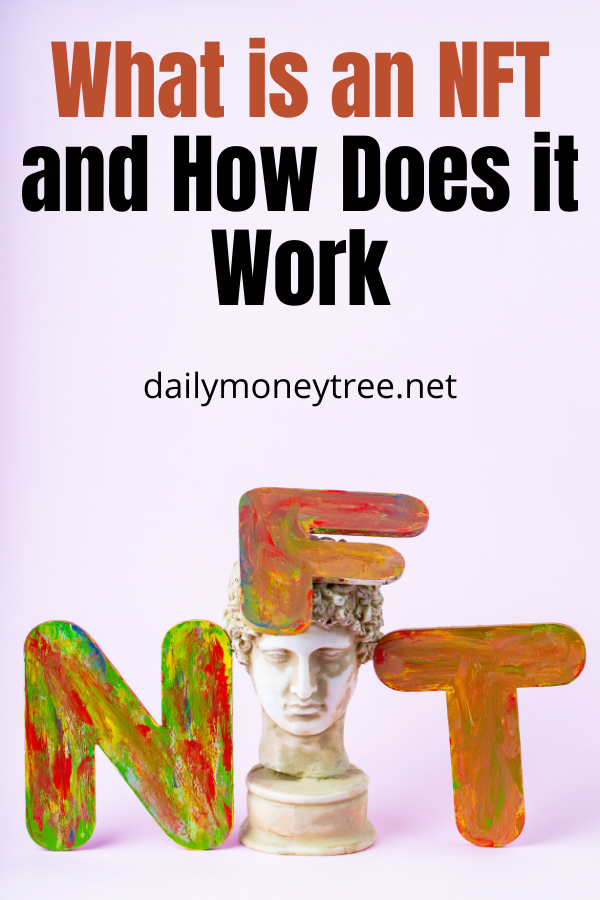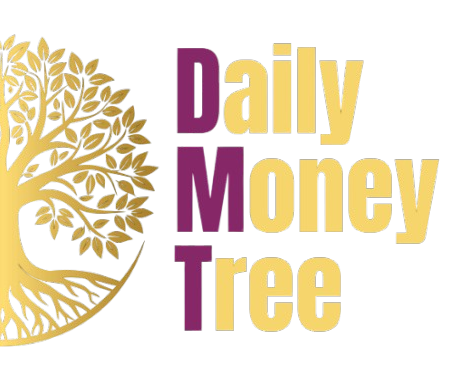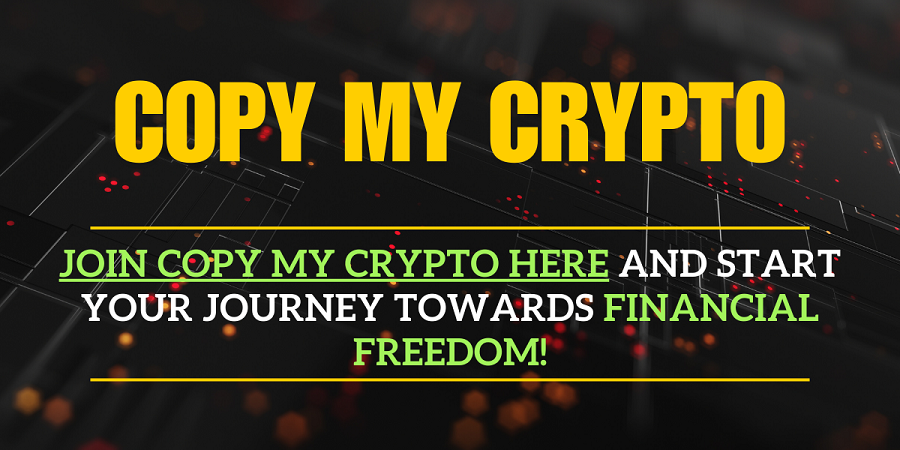What is an NFT or “non-fungible token? What is its relationship with blockchain technology and application in the art market?
This in-depth study is a must both from a legal and a technical point of view and allows us to understand the fragility of the system.
If we examine in detail what an NFT is and what is actually registered on the blockchain, we realize that very little of the purchase “contract” is contained on this distributed register and that all other data (the work itself, the conditions of its purchase and the rights of the “owner”) are actually outside the register, with severe problems of conservation and accessibility of the data over time.
We also realize that these NFTs do not depend only on blockchain technology, but also on other solutions (such as the hashing process ) that could be overcome over time (the continuous increase in computing power could in fact allow to “break” some of these algorithms, thus making the unique reference to the NFT very unreliable).
From a legal point of view, we realize that the value (uniqueness) of the NFT does not really rest on blockchain technology but on the trust between the seller and the buyer.
The former trusting that the latter will not sell or has not already sold the exact same work over and over again, reducing that NFT (paid perhaps millions of dollars) to a derisory value (because if one NFT cannot exist the same as the other, there can be an infinity of extremely similar ones and all aimed at transferring the “ownership” of the same work).

What is an NFT really
Whoever buys a work linked to a non-fungible token does not buy the work itself, but simply the possibility of demonstrating a right to the work, guaranteed through a smart contract. It all starts with a digital version of the artwork.
Typically, a digital photo or documentation of it filmed and saved in digital format is used. This digital version is nothing more than a long sequence of numbers, 0 and 1 in computer language.
This sequence is then “compressed” into a sequence, called hash, derived from it but much shorter, with a non-invertible process known as hashing. It is important to underline that whoever owns the digital document can easily calculate the hash, while it is practically impossible for anyone else to reconstruct a digital document starting from a hash.
The next step is storing this hash on a blockchain, with an associated timestamp. The use of these tokens has paved the way for an automated hash market, where the creator of the hash can use the token to add their own hash to it and then sell it in exchange for a cryptocurrency payment, such as the ETH coin used in Ethereum.
The NFT keeps track of hash sales internally, so that it is possible to trace the hash’s hand over to its creator, thus demonstrating ownership. This mechanism, therefore, provides proof of authenticity and, at the same time, ownership of the work.
The owner of the hash, as reported in the NFT, can prove his rights without the need to contact intermediaries and without time limits (as long as the blockchain on which his token is hosted will continue to be active).

How to buy an NFT
To buy an NFT we must therefore use a blockchain. In the vast majority of cases, it is the Ethereum blockchain, even if the market is rapidly crowding with competitors, among which Flow Blockchain stands out (which has “grabbed” the sale through NFT of the best games of the NBA ) as well as some arrivals. last minute such as Binance Smart Chain, TRON, and EOS.
We can define the blockchain as a decentralized and immutable database, that is, no one has the right to modify the data already entered within it. A blockchain is created by a network of independent computers, which communicate with each other autonomously and therefore cannot be controlled by a single computer or by a single state, and which can be remunerated for their contribution to keeping the blockchain alive.
Storing the hash and its timestamp inside a blockchain is therefore a way of saying “at this moment I was in possession of a photo or filmed shot of the work of art”. No one else can do the same and no one else can modify or falsify this information, because it is saved on a blockchain, therefore immutable and decentralized. The first application of the blockchain was at the service of Bitcoin, a cryptocurrency that uses the blockchain to ensure the reliability of transactions and to avoid the problem of double-spending.
Over time, however, different “versions” of the blockchain have arisen, destined not (or not only) to accommodate currency transactions, but also other assets.
The last step came with Ethereum, a blockchain that, since 2015, has popularized the technology of smart contracts, i.e. computer programs executed by a blockchain, from which they inherit the properties of reliability and decentralization.
We can say that a smart contract is a computer program that must be executed according to what is declared by its public code: a single computer of the blockchain network cannot replace it and cannot modify its functioning.
In particular, programmers have developed smart contracts, called non-fungible tokens (NFT), which keep track of who creates, sells, and buys specific sequences of numbers, which in our case will be the hashes of the works of art.
The best known are the Ethereum NFTs, which follow known standards such as ERC-721 and ERC-1155.
So what does the Ethereum blockchain do when hosting an NFT?
In fact, the system guarantees that the NFT does not change (the certificate is unique and cannot become something else over time) and on the other hand certifies the “transfer of ownership” of the hashes managed by the NFT (registered on its unalterable blockchain).
What does an NFT “contain”
If we then take a closer look at what the NFT “contains”, we realize, however, that the data entered are very few. Also for a matter of energy used and available space, it is not possible to insert large files in the blockchain (which would end up weighing down the whole chain), but only a few elements (the hash of the file together with some properties).
So the owner of the Beeple work auctioned by Christie’s (paid a whopping 69 million dollars ) now owns a certificate hosted on the Ethereum blockchain that includes a unique identifier of the stipulated “contract”. The certificate (not directly “written” in the blockchain but connected to it) will (probably) contain some properties of the token and the hash that refers to a file that contains the image created by Beeple.
Some of these NFTs also contain the contractual conditions of the sale, but more often these are found only on the site that the intermediary (with the risk, however, that the complete purchase discipline ends up lost when the platform’s website is no longer valid). Here the first problems begin.
Critical points
What will happen when the hash functions are passed? How did it happen to the SHA1 function, deceived by Google itself, could it happen to the SHA256 function, which today is the standard?
What will happen if the Ethereum blockchain were to be abandoned (and therefore no longer maintained by a community of subjects who can effectively “outnumber” anyone who tries to pass off a blockchain that is actually not genuine)?
What will happen when the external contents to which the links/hashes contained in the smart contract refer are lost? Interesting technical solutions have been proposed to tackle some of these problems.
The technical solutions
For example, to avoid leaving a hash/URL address the representation of the work sold, NFTs often make use of IPFS (InterPlanetary File System) addresses. A simple URL could in fact fail simply because the site manager stops paying for hosting or maybe because he deletes the file to make room for new content. And a hash may no longer be of any use when the file it refers to is lost.
IPFS addresses, on the other hand, are “links” aimed at content on the IPFS network (a distributed file system, which we could associate, in its operation, with peer-to-peer file exchange systems).
As long as someone on the IPFS network hosts that content, it can be found. This creates a potential multitude of hosts that ensure that the file is kept online and this increases the chances that the content will survive over time.
As for the different blockchains on which the NFT is hosted, it is clear that they will have to start providing some “guarantee” of survival if they want to conquer market shares.
If the Ethereum blockchain is likely to have an assured future even for the years to come given that it moves a popular cryptocurrency and a smart contract system used for numerous different purposes, it is clear that the other competing blockchains will have to offer the reassurance of a different kind. to “guarantee” their survival.
Furthermore, with the flourishing of the NFT phenomenon, investors will have to pay maximum attention to the blockchain on which smart contracts are hosted, to avoid buying improvised, poorly decentralized, and consequently unreliable blockchain-based certificates that could later be abandoned.

How to create an NFT
Creating an NFT is extremely easy and the cost is limited to that of the transaction required to “seal” our digital product on the chosen blockchain.
A good starting point is for example the Open Sea marketplace, which allows you to start creating your own NFTs with a simple Ethereum wallet and a MetaMask account (a browser extension compatible with Chrome, Firefox, Brave, and Edge). . As an alternative to MetaMask, it is possible to use further extensions, such as Coinbase Wallet or Fortmatic.
Once you have these elements, the starting point is obviously the work you want to “crystallize” in the digital token.
Technically it is possible to insert any type of file in an NFT, but the supply/demand exchange platforms usually allow the creation of NFTs only in a limited number of image, audio, and video formats.
Usually, there are also size limits (even here they depend on the fact that the platform will then have to “propose” the content to users and not on the limits of the technology that moves the NFTs), Open Sea for example has a limit of 100 MB but advises creators not to exceed the 40 MB threshold.
The cost of creating the NFT then depends on the cost of the transaction on Ethereum (at the time of writing it ranges between 10 and 100 dollars). nIn the beginning, platforms often require a double transaction, the first to “initialize” the Ethereum wallet and the second to create the NFT. Thereafter, the pure cost of creating the NFT is equal to the transaction on Ethereum, unless you opt for more “exclusive” platforms where service costs may also be charged.
Once our wallet is credited, some platforms even allow you to sell NFTs without paying anything. The actual creation of the NFT will only take place once it has been sold on the marketplace, so as to avoid digital artists having to anticipate the costs of creating their token.
At that point, all that remains is to sell the work. In the various marketplaces, it is possible to offer it at a fixed price or at auction, awarding it to the highest bidder within a fixed period of time.
Once a subject has offered the price that we have indicated or has won the auction, he will be able to transfer the NFT to his wallet, thus obtaining proof of possession of the work of art sold as well as the crystallized demonstration of the fact on the blockchain. that its purchase comes from the legitimate author of the work, or from the creator’s account.
How to invest in NFTs: platforms
If someone wants to negotiate an NFT the choices are many.
The most accessible platform, based on Ethereum, is Open Sea, which claims to be the largest NFT marketplace.
On the site, you can create and buy NFTs, but to do this you need an Ethereum wallet. The site offers the download of a popular crypto wallet, MetaMask, which can be installed as an extension for Chrome. Once set, you can buy the first ether (in fact it is a currency exchange operation from euro to ether) to be spent in non-fungible tokens.
If, on the other hand, I want to “create” an NFT, I can do it directly from Open Sea or from alternative sites such as variable, where the smart contract that contains our work is sealed at a price that varies depending on the transaction costs on Ethereum.
There are also numerous specialized marketplaces: if you want to buy an NFT of a historical moment in the history of the NBA, the site to consult is NBA Top Shot, while for the purchase of tweets the reference site is Valuables. For those who want to grab one of the cryptographic “kittens” that started the NFT-mania again in 2017, the right site is CryptoKitties.
What are the rights of the owner of an NFT
When a person buys an NFT, the only thing they can say with (relative) certainty is that they own an NFT, a non-fungible token that refers to “something” (a work of art, a tweet, a nice basket by Lebron James).
Defining the rights on that “something” to which the NFT refers becomes complicated. In fact, from a legal point of view, not all NFTs are the same. The aforementioned CryptoKitties platform, for example, specializes in the sale of “tweets” on the Ethereum blockchain (and has negotiated the sale of Jack Dorsey’s first tweet for almost three million dollars).
On its website, Valuables specifies that the purchase does not guarantee the owner any right on the “tweet” sold: it is only the transfer of tweets “autographed” by the author (identified through his Twitter profile and his Ethereum wallet). The author, in selling the tweet, undertakes not to sell it more than once on Valuables so as not to create a proliferation of autographed copies.
It is therefore evident that the tweet in and of itself can be sold over and over again (exactly as it is possible to “autograph” several printed copies of the tweet itself) and it is only a legal commitment to “limit” its proliferation.
If the author of the tweet were to decide to sell the same tweet twice on Valuables, obviously it could take action against Valuables and the author of the tweet, while it would be very difficult to take action against Jack Dorsey if he were to decide to (re) sell his first. tweet on another competing platform with respect to Valuables (unless there are internal agreements between him and Valuables, in which case, however, only the latter can act) or in other forms.

The copyright problem
A further critical point of the NFT market (which started with art but is moving to increasingly disparate sectors, thus ending up by forcing the legal mechanisms that regulate transactions relating to works of art) is that of the right of art. author.
First of all, in a global and unregulated market such as that of NFTs, it is easy to imagine that copyright infringement cases are on the agenda (especially when it is not the millionaire transactions that earn the headlines), as well as that it is difficult to obtain protection especially at a transnational level, with the difficulties of a cross-border recovery of compensation due and with the conflicts between copyright regulations further complicating the situation (especially if the transfer of rights is not clearly regulated and in any case it is not included in the NFT).
It is difficult than in the digital art market not to talk about works derived from other works, of reinterpretations, of contaminations, which often create works of art that are a real nightmare when it comes to reconstructing the bundles of copyright. that overlap it.
In this sense, the example of the NFT which will be auctioned by Christie’s and “created” by the model and actress Emily Ratajkowski is significant. In deciding which work to include in a smart contract, Ratajkowski opted for a photograph that portrays her in front of a painting (made by a third party and of which the model has a copy) which in turn reproduces a post from Ratajkowski’s Instagram profile, which shows a photograph of the model made for Sports Illustrated.
The provocation that this NFT represents is entirely legal and raises the question of whether Ratajkowski can legitimately sell what is, in fact, a simple hash code of an image, although it does not hold all the rights relating to the image itself (with regard to which they could claim rights Sports Illustrated, the photographer of the magazine, the painter who made a picture from the Instagram post, as well as the photographer who photographed the model thus creating the “collective work” that became NFT).
On an economic level, this is one of the most interesting strengths of this tech market, and it is one of the not immediately perceptible traits that is determining its overwhelming success on the supply side.
The impossibility of negotiating an NFT without going through a shared ledger (blockchain) guarantees maximum transparency for the artists, who therefore do not have to worry too much about the initial sale price of the work, being able to then take advantage of the subsequent “handovers” of the work. their creation and earn in proportion to any increase in the value of the asset.
What is an NFT and how does it work – Conclusion
NFTs, Non-Fungible Tokens, are enjoying resounding success among all those who are passionate about blockchain, cryptocurrency, and tokens. For less experienced people, it is more difficult to understand the meaning and function of these tools, but not impossible.
NFTs represent the new frontier of investments and art, which combines with the best blockchain technologies and allow you to purchase a property right on an image or video in digital format.
Through the term NFT, therefore, we refer to a unique identification process of a digital product created on the web, be it a video, a photo, a GIF, an audio file, and so on. Above the digital file, there is the author’s signature.
Although still very young, NFTs have great potential and a bright future ahead.




